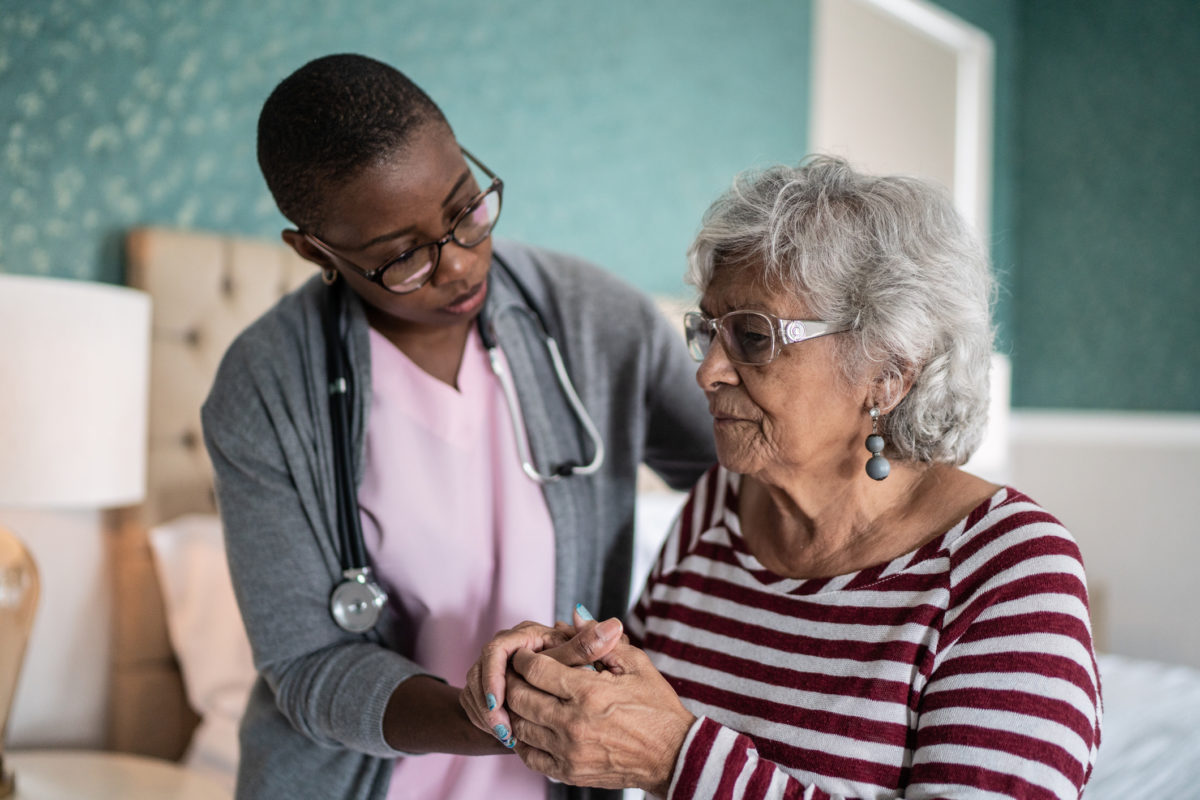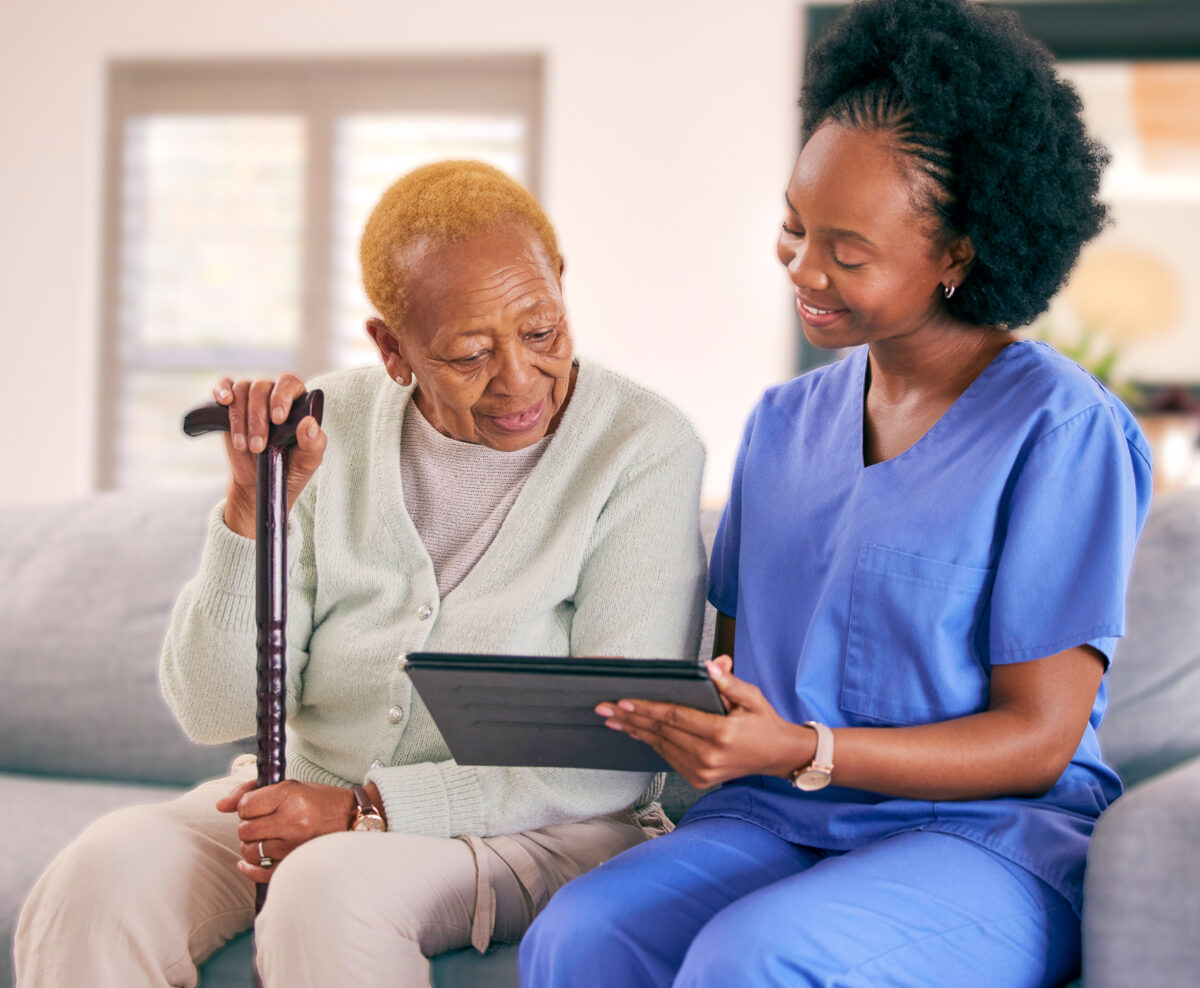Living well with Parkinson’s disease
By Jay Nachman
One million people in the United States are living with Parkinson’s disease, and nearly 90,000 new diagnoses are made each year, according to the Parkinson’s Foundation.
With early diagnosis and treatment, Parkinson’s disease can be managed for many years and even decades, said Dr. Tsao-Wei Liang, associate professor at Thomas Jefferson University and medical director of the Jefferson Comprehensive Parkinson’s Disease & Movement Disorders Center.
“The lifespan is generally not shortened by very much in someone with the most classic tremor dominant form of Parkinson’s,” Dr. Liang said. “Meaning when tremors are present, it tends to suggest that it will progress slowly.”
Parkinson’s disease is not a death sentence, and it will not initially lead to use of wheelchair or walker.
“In an otherwise healthy person in their 50s, 60s or 70s even, 10 years of good function with medication is certainly achievable,” Dr. Liang said. “If you’re playing tennis, we’re going to do everything we can to try and keep you active and playing tennis. If you’re taking daily walks, there is no problem with that.”
The National Institutes of Health’s National Institute on Aging (NIA) describes Parkinson’s disease as “a brain disorder that causes unintended or uncontrollable movements, such as shaking, stiffness and difficulty with balance and coordination.”
Parkinson’s disease occurs when nerve cells in the area of the brain that controls movement become impaired and/or die, according to NIA. Normally, these nerve cells, or neurons, produce an important brain chemical known as dopamine. When the neurons die or become impaired, they produce less dopamine, which causes the movement problems associated with Parkinson’s disease. Scientists still do not know what causes the neurons to die.
Dr. Liang said a common treatment for Parkinson’s disease is to replace dopamine in patients and provide other, supplemental medications that can reduce symptom fluctuation and control tremors. Although genetics and environmental circumstances may play a role in someone getting Parkinson’s disease, the biggest risk factor is simply age. “The inflection point happens to be around age 60-65, and the numbers increase steadily from there,” Dr. Liang said.
Although it’s not true for every patient, one of the first symptoms of the disease is a tremor. But the hallmark of the disease is called bradykinesia or “slowed movements.”
“There’s a deliberate or slow quality of movement,” Dr. Liang said. “One side of the body may not move as readily as the other. The side of the body or the part of the body that’s affected may become stiff or rigid.”
There are also secondary characteristics that can lead someone to a Parkinson’s diagnosis, which include loss of facial expression, bent posture, shuffling of feet when walking or even loss of sense of smell – all of these can be early warning signs of Parkinson’s disease.
Ongoing research at Jefferson and other institutions is edging ever closer to finding the cause of Parkinson’s, as well as more effective treatments.
“One of the hottest areas of research for us is [leading to when] we can finally dig in and say, ‘It’s not some kind of random bad accident that occurred or bad luck’,’” Dr. Liang said. “If we start to look at our genome and understand why someone develops Parkinson’s disease from a molecular standpoint, we’ll have better targets for treatment in the future. And that’s already happening.”
While there is no cure for Parkinson’s disease, Dr. Liang assures new patients, “It’s going to be okay. There’s a lot of research and new treatments on the horizon.”
For more information about Parkinson’s disease, contact the Parkinson’s Foundation at parkinson.org.
Jay Nachman is a freelance writer in Philadelphia who tells stories for a variety of clients.




